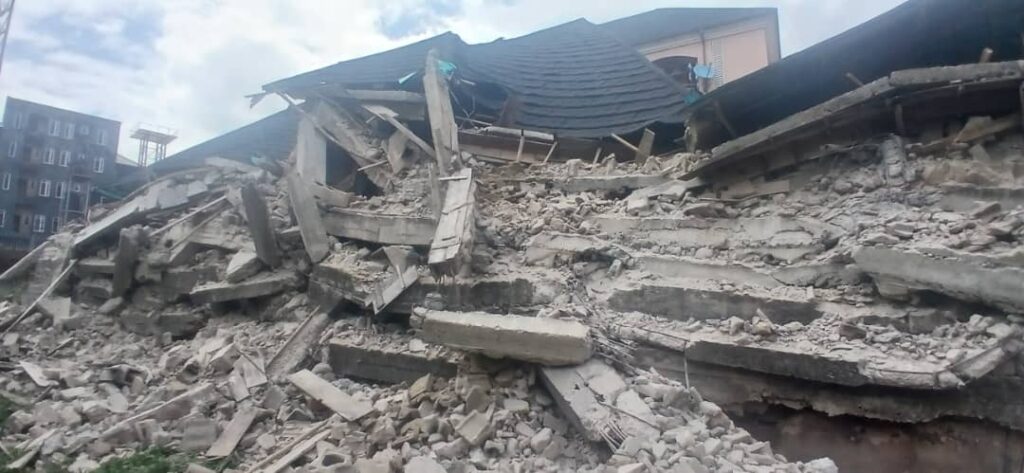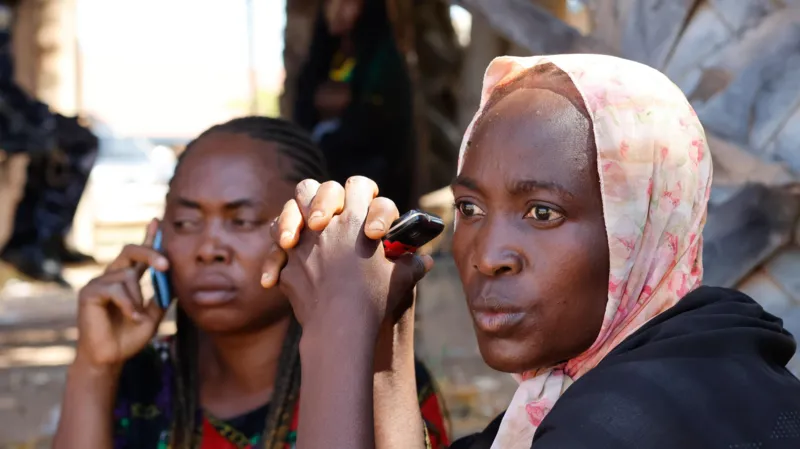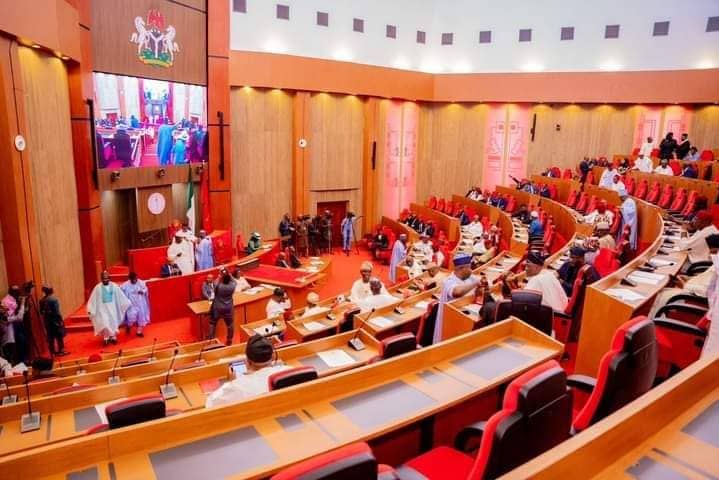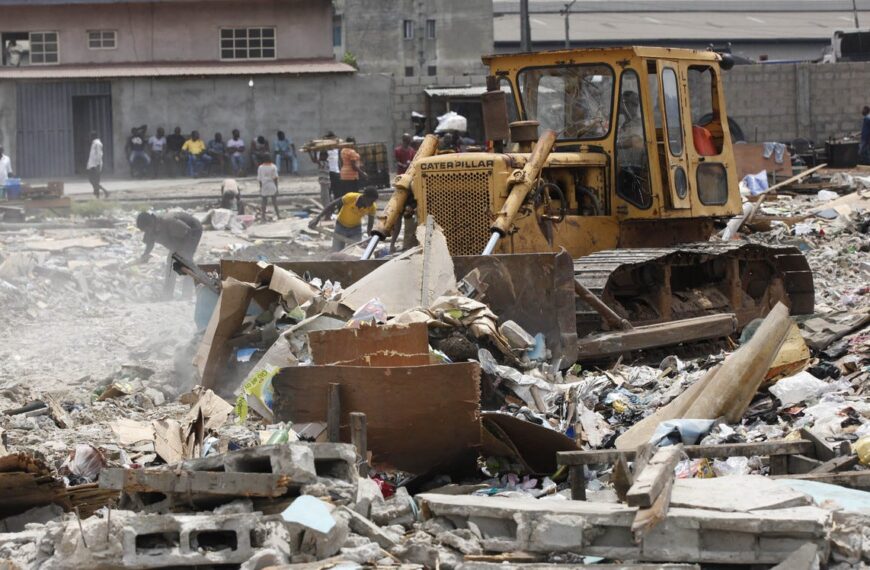Awka, Anambra State – A tragic incident occurred on Thursday morning when a three-storey building under construction suddenly collapsed in the Okpuno area of Awka, Anambra State. The structure, located behind the State House of Assembly near Ekwueme Square, came down at around 11:40 a.m., leaving many feared trapped beneath the rubble.

Chaos at the Scene
Eyewitnesses reported that construction workers and artisans were working on the top floor when the structure gave way, collapsing inward in what engineers have described as a “vertical failure.” The atmosphere quickly turned chaotic as residents and passersby rushed to the site in a desperate attempt to rescue trapped victims.
Despite early efforts by civilians, the lack of proper rescue equipment such as excavators made it difficult to make meaningful progress. Emergency responders and local authorities arrived shortly afterward, but access and logistics challenges hampered immediate rescue operations.
Possible Causes Under Investigation
Officials from the Council for the Regulation of Engineering in Nigeria (COREN) and the state’s materials testing department launched preliminary investigations at the site. According to initial assessments, poor concrete mix and foundational issues may have contributed to the collapse.
These structural weaknesses are all too common in Nigeria, where building collapses frequently stem from:
- The use of substandard construction materials
- Inadequate soil testing and poor foundation design
- Unauthorized alterations to building plans
- Lack of compliance with engineering standards
- Weak regulatory enforcement and oversight
Victor Meju, the COREN chairman in Anambra, stated that early findings indicate both poor concrete quality and possible foundational instability as key factors in the failure.
Not the First of Its Kind
This is not the first building collapse in Anambra State in recent years. In February 2024, a similar incident occurred in Onitsha, where a shopping plaza under construction collapsed, killing at least six people. In October 2018, another three-storey residential building collapsed in Nnewi, trapping 11 people, including expatriate construction workers.
These repeated tragedies highlight systemic issues in the construction industry, ranging from unregulated practices to blatant negligence.
Challenges Facing Rescue Efforts
Rescue missions in such disasters often face considerable hurdles:
- Lack of heavy machinery like cranes or bulldozers
- Unstable structures that threaten rescuers
- Poor coordination among emergency services
- Limited access to the collapse site due to narrow roads or congested surroundings
- Inadequate medical infrastructure for emergency trauma care
At the Awka site, responders struggled with debris removal, and the true number of casualties remains unknown at this time.
Urgent Need for Reform
The repeated nature of building collapses in Anambra and across Nigeria calls for decisive action. Experts and concerned citizens alike are calling for:
- Strict enforcement of building regulations
- Mandatory testing of construction materials
- Licensing and certification of engineers and builders
- Heavy penalties for construction-related negligence
- Routine inspections of buildings under construction
- Public awareness and anonymous reporting channels for unsafe practices
Without these reforms, experts warn that preventable tragedies like this will continue to claim innocent lives.
Conclusion
As the search continues for survivors, the collapse of the three-storey building in Awka is yet another grim reminder of the need for urgent reform in Nigeria’s construction sector. The priority now is to save lives—but in the aftermath, there must also be a clear commitment to accountability, safety, and systemic change.
















